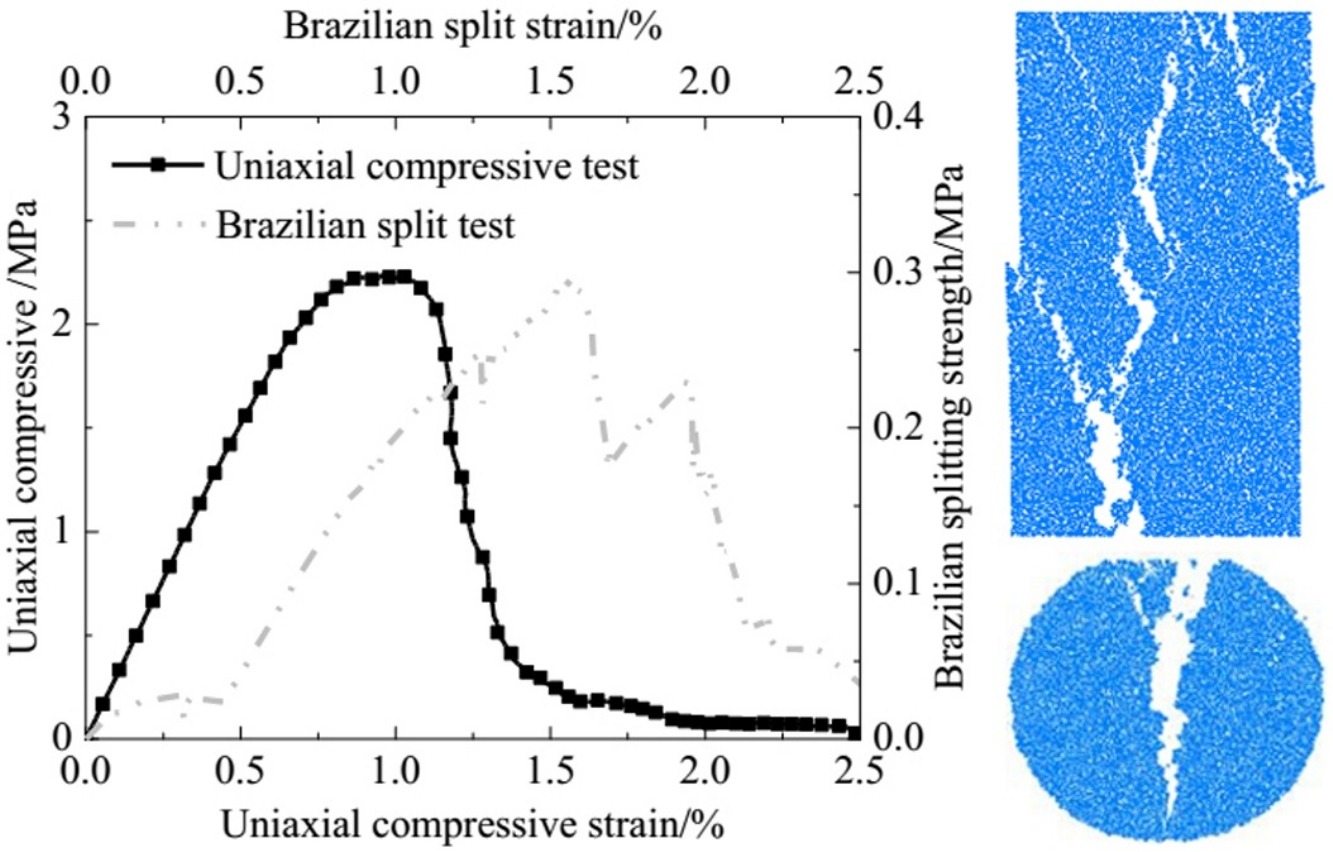- Volumes 84-95 (2024)
-
Volumes 72-83 (2023)
-
Volume 83
Pages 1-258 (December 2023)
-
Volume 82
Pages 1-204 (November 2023)
-
Volume 81
Pages 1-188 (October 2023)
-
Volume 80
Pages 1-202 (September 2023)
-
Volume 79
Pages 1-172 (August 2023)
-
Volume 78
Pages 1-146 (July 2023)
-
Volume 77
Pages 1-152 (June 2023)
-
Volume 76
Pages 1-176 (May 2023)
-
Volume 75
Pages 1-228 (April 2023)
-
Volume 74
Pages 1-200 (March 2023)
-
Volume 73
Pages 1-138 (February 2023)
-
Volume 72
Pages 1-144 (January 2023)
-
Volume 83
-
Volumes 60-71 (2022)
-
Volume 71
Pages 1-108 (December 2022)
-
Volume 70
Pages 1-106 (November 2022)
-
Volume 69
Pages 1-122 (October 2022)
-
Volume 68
Pages 1-124 (September 2022)
-
Volume 67
Pages 1-102 (August 2022)
-
Volume 66
Pages 1-112 (July 2022)
-
Volume 65
Pages 1-138 (June 2022)
-
Volume 64
Pages 1-186 (May 2022)
-
Volume 63
Pages 1-124 (April 2022)
-
Volume 62
Pages 1-104 (March 2022)
-
Volume 61
Pages 1-120 (February 2022)
-
Volume 60
Pages 1-124 (January 2022)
-
Volume 71
- Volumes 54-59 (2021)
- Volumes 48-53 (2020)
- Volumes 42-47 (2019)
- Volumes 36-41 (2018)
- Volumes 30-35 (2017)
- Volumes 24-29 (2016)
- Volumes 18-23 (2015)
- Volumes 12-17 (2014)
- Volume 11 (2013)
- Volume 10 (2012)
- Volume 9 (2011)
- Volume 8 (2010)
- Volume 7 (2009)
- Volume 6 (2008)
- Volume 5 (2007)
- Volume 4 (2006)
- Volume 3 (2005)
- Volume 2 (2004)
- Volume 1 (2003)
• Bolt pull-out tests are performed using the distinct element method (DEM).
• Contact model considers bond size to capture the main rock mechanical behaviour.
• The minimum sample width and height values are taken into account.
• Influence of bolt embedment length and confining pressure on mechanical behaviours is studied.
• Influence of bolt–grout interface bond strength on peak load and failure mode is discussed.
Rock bolt anchorage performance is crucial for tunnel support safety. We investigate the mechanical behaviour of reinforced rock and the bolts that reinforce it from the micro-scale to the macro-scale. Bolt pull-out tests were performed on soft rock using the distinct element method, in which a new contact model that considers bond size, is employed to constrain the main rock mechanical behaviour. The minimum sample width and height values for which the boundary effect can be neglected are first proposed through numerous tests on the influence of sample size on peak load and bond breakage. The influence of sample width is substantially greater than that of sample height. We then select an appropriate sample size to study the influence of bolt embedment length and confining pressure on the mechanical behaviours of the rock and bolt. The results show that increased rock bolt embedment length and confining pressure can increase the peak load; however, the bolt length effect is limited when exceeding the critical anchorage length. In cases without confining pressure, bond breakage occurs in the rock around the grout-rock interface and the breakage zone is rectangular, whereas in cases under confining pressure, the breakage zone presents an inverted cone shape. We use our results to discuss the influence of bond strength at the bolt–grout interface on the peak load and failure mode. The failure mode changes gradually from complex failure to single failure along the bolt–grout interface with decreasing interfacial bond strength.

